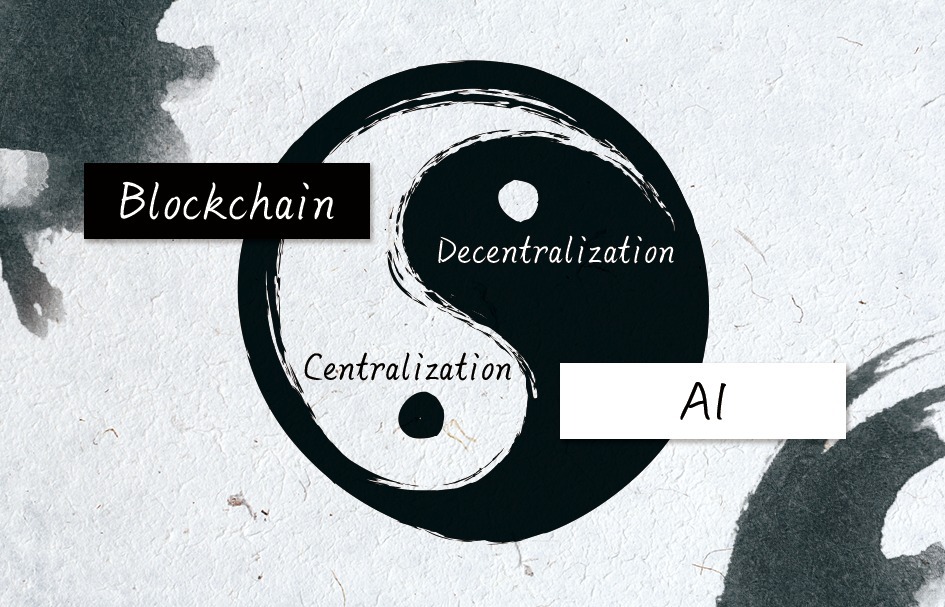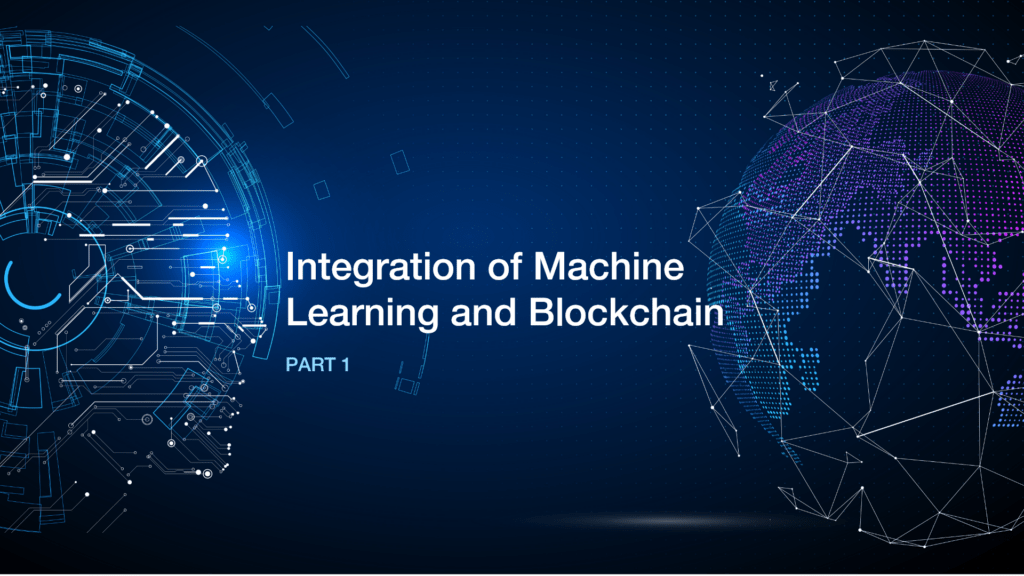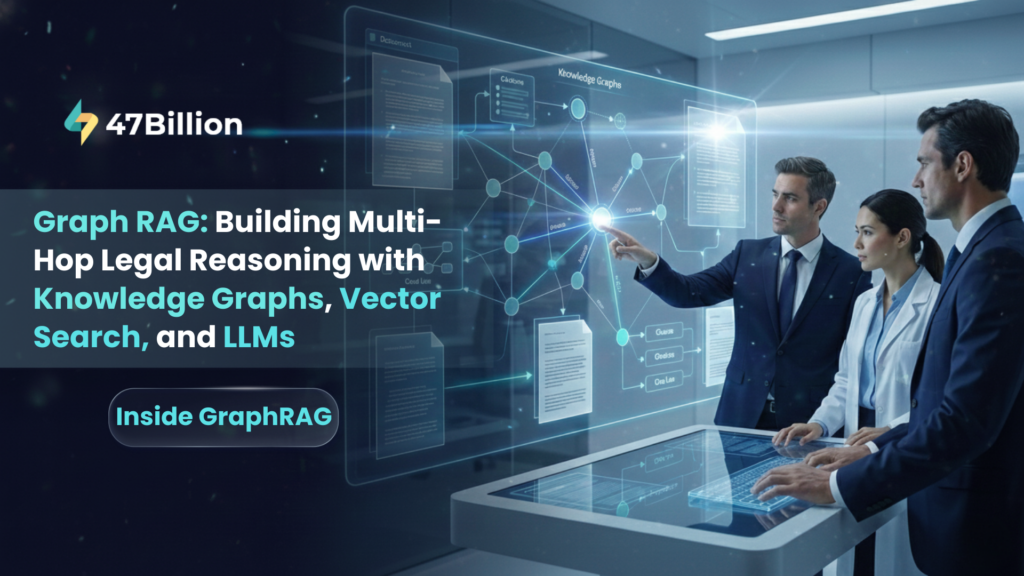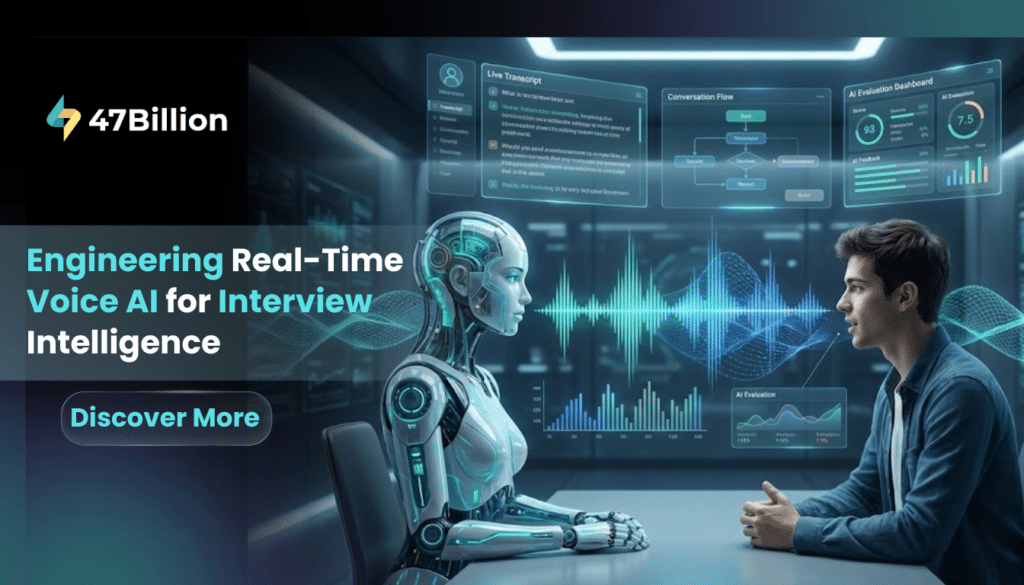Artificial Intelligence, Machine Learning, Blockchain, Cloud Computing, Internet of Things are bringing in the era of Web 3.0.
These innovations, however, need to work in tandem with other existing technologies and paradigms to add value. One such example is combining Machine Learning and Blockchain.
- A Brief Introduction to Machine Learning and Blockchain
- Why integrate Machine Learning into Blockchain?
- Intelligent Smart Contract
- Rating the credibility of news
- Optimizing energy usage for crypto mining
This blog is part one of a series of four. In the subsequent blogs, we will also talk about-
- Integrating Blockchain in Machine Learning (Decentralized Machine Learning)
- Decentralized Model Training
- Computation Power
We hope you enjoy reading these insightful articles from the 47Billion Ideas Incubation Center.
A Brief Introduction to Machine Learning and Blockchain
Artificial Intelligence (AI) is a science to reduce human effort. Machine Learning is a subset of AI which involves designing and applying algorithms to perform highly complex tasks such as fraud detection, facial recognition, and enabling self-driving cars. These algorithms use past data to detect and analyze patterns to predict their behavior in real-time situations.
On the other hand, Blockchains are immutable distributed ledgers spread across the nodes of different computer networks. They resolve the problem of centralization. Any individual or organization cannot control the data stored on a Blockchain. It collects and stores groups of information together in blocks, and these blocks link to the previous block forming a chain of blocks, thus the name Blockchain.

Both these technologies are mutually exclusive, like yin and yang. Artificial Intelligence computes the likeliness of a particular event using previous data. It is constantly learning by changing parameters during training, and the algorithm helps predict the events that are likely to happen.
On the other hand, Blockchain is not probabilistic but deterministic. It’s permanent, and algorithms work to record reality.
We, at 47Billion, work on integrating these two cutting-edge technologies to find solutions for critical and complex problems.
The Rise of Titans – Integrating Machine Learning in Blockchain
Blockchain benefits greatly from Machine Learning. Blockchain is still a new technology paradigm with no defined parameters for consensus algorithms, Governance of Decentralized Autonomous organizations, or Decentralized Finance. Machine Learning drives data and provides analysis that Blockchain can harness. There are many consensus algorithms under development that leverage the ML models for the optimum working of the blockchain.
Similarly, Blockchain, at its core, is a database! The data is decentralized and immune to any prohibitions. The biggest issue faced by Machine Learning engineers is the lack of data. They spend days searching for the database that fulfills their needs. Quite often, when they get the perfect database, it is costly.
Machine learning algorithms can be leveraged by blockchain to enhance the security and smartness of the chain. Machine Learning also aids Blockchain in making the data sharing routes better.
Integrating Machine Learning in Blockchain – Use Cases
1. Intelligent Smart Contract
Smart Contracts are blocks of code. They define the rules that govern the world of Blockchain. They also execute the agreement between participants if they meet the required criteria. However, an intelligent contract does not make decisions based only on the input parameters. They adapt according to the logic and conditions. Thereby, the smart contract can direct the findings for specific occasions. Let’s understand how a smart contract can become an intelligent contract.
- Each smart contract has an AST- Abstract Syntax Tree that describes the syntax of the entire codebase.
- Intelligent Smart Contracts automatically extract information from ASTs of previous smart contracts.
- The Transformer Model in Deep Learning works on encoder-decoder logic that trains AST.
- After you prepare the model, the conclusions generated provide the new smart contract details to make informed decisions.
The applications of intelligent smart contracts are numerous.
- Intelligent smart contracts write more trustworthy contracts without exposing their code and stopping code clones.
- The groups controlled by smart contracts or the DAOs (Decentralized autonomous organizations) can use intelligent contracts to make better decisions.
- Intelligent smart contracts can help achieve a self-regulated blockchain.
2. Rate the credibility of news
Fake news often spreads like wildfire in the deep fake and social media hype. These fast-paced and clickbait social platforms compel people to pass on gossip and slander. The segregation algorithms provided by machine learning with the P2P design and immutable features of Blockchain can help separate the real from the fake.
Considerable work has gone into classifying fake news using machine learning algorithms. Recent research uses natural language processing and sentiment analysis to filter social network rumors. However, these methods have limitations and are not invincible to true-negative and false-positive errors.
On the other hand, Blockchain provides the transfer of information from one source to another but cannot segregate based on authenticity. Also, public blockchains are not regulated, giving peers a free hand in spreading the rumors with no censorship.
Developing a machine learning-based application using Blockchain can provide a trustable, reliable, verifiable, and transparent system to ensure accurate information. Its Proof of Credibility can help you detect fake news and catch the source.
The proof of credibility is a novel approach to using Blockchain and artificial intelligence to rate the credibility of news content.
Studies indicate that Proof of Concept has identified fake news articles with an accuracy of around 89%.
The data shared will be uncensored and accurate. Blockchain and machine-based algorithms together ensure more accurate results.
3. Optimizing the energy usage for crypto mining
The advantages of Blockchain also come with the environmental impact that mining has, which most critics argue.
But what does bitcoin mining mean?
Bitcoin mining is a process of creating new bitcoin blocks as well as verifying transitions by solving extremely complicated hash puzzles. This consensus protocol is called Proof of Work, which as of the year 2022, uses 131 terawatt hours a year.
- Artificial Intelligence manages a consensus engine that Decarbonizes blockchain mining.
- It evaluates node performance and contribution in terms of computational power, memory, and speed.
- Based on these metrics, a hash puzzle is shared with the node-peer pair.
- The hash puzzle minimizes wastage of resources, and idle nodes can verify the solution.
- A feature extraction agent is used to gather information from each participating node. Details like Power consumption (computational power), exploit findings (real contribution), audit (life of node), and network maintenance(bandwidth) are collected to classify nodes on these parameters.
After retrieval of data, the extraction algorithm maps these features with nodes key to make a feature matrix
M = {X1, X2, X3}
X1 = {Power ratio, lifetime, contribution}
X2 = {Latency, Connections, Bandwidth}
X3 = {Assignment probability, removal probability}
Based on this matrix, the node pools will be classified as
- Power consumption pool
- Exploit findings pool
- Audit pool
- Network maintenance pool
The roles of each pool are different, and so is the power consumption. Keeping track of the collections that use more power is advisable.
Conclusion
Different real-life cases are already getting down to brass tacks of using Blockchain and machine learning. The automobile company Porsche is working with XAIN to implement Blockchain with machine learning to add new features to its sports car. Several developers are working to predict crypto trends with ML algorithms. It may be considered too early to pop the champagne on the success of merging these two tech stacks, but the first teasers look promising.
In the second part of this blog series, we will focus on why Blockchain should be integrated with Machine Learning.
References
- https://analyticsindiamag.com/how-machine-learning-can-be-used-with-blockchain-technology/
- http://www.warse.org/IJISCS/static/pdf/file/ijiscs10822019.pdf
- https://eprint.iacr.org/2016/633.pdf
- https://thesai.org/Downloads/Volume10No12/Paper_43-Proof_of_Credibility_A_Blockchain_Approach.pdf
- https://braiins.com/blog/optimizations-bitcoin-mining-intermittent-energy







